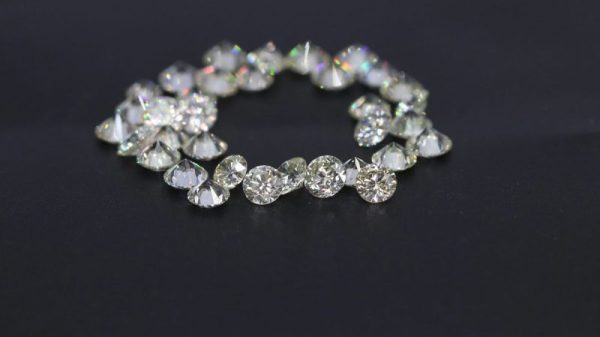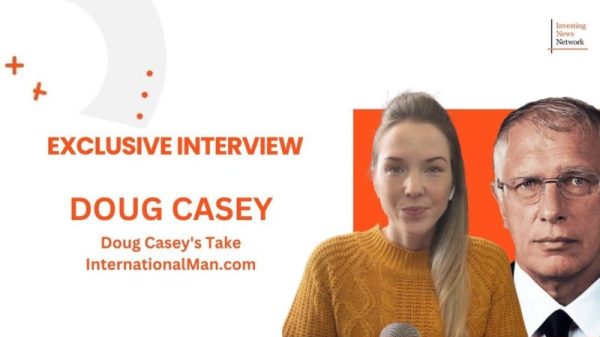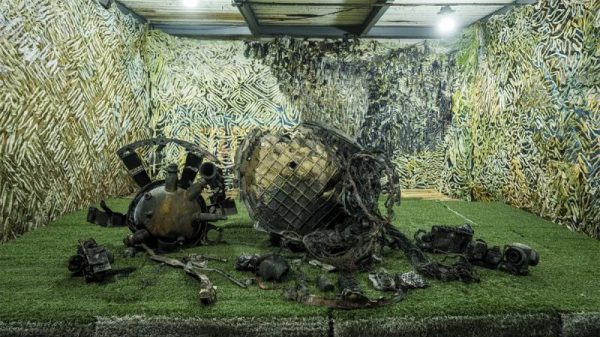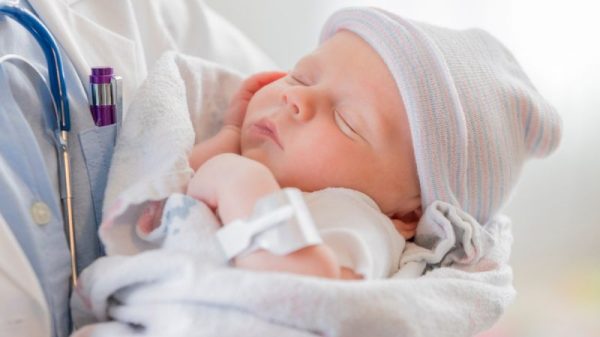Head lice have been constant, if unwanted, human companions for as long as our species has been around.
Evidence of this ancient connection includes a 10,000-year-old louse found on human remains at an archaeological site in Brazil and an inscription on a 3,700-year-old ivory lice comb that might be the oldest known sentence written with an alphabet.
For scientists interested in how humankind evolved and spread around the globe, the blood-sucking parasite — officially called Pediculus humanus — also contains a lode of genetic information that, as new research shows, is illuminating some of the biggest questions in the human story.
“Lice have been with us since the origin of humankind; for millions of years they have evolved with us,” said Marina Ascunce, a research molecular biologist at the US Department of Agriculture who has analyzed and compared the DNA of 274 lice collected with the help of head lice researchers from all over the world. The analysis is part of a new study published Wednesday in Plos One.
“When the first anatomical modern humans left Africa, they carried their lice with them,” she said.
Ascunce, who did the work as a postdoctoral researcher at the University of Florida, and her colleagues found that lice clustered genetically into two distinct groups that rarely interbred.
The team also detected a small number of “hybrid lice” — reflecting a mix of the two clusters — that were mostly found in the Americas, which she said she interpreted as a “signal of contact between Europeans and Native Americans.” The group appeared to be a mixture of lice descended from the earliest Americans and those descended from European lice, which were brought over during the colonization of the Americas. However, it was unclear why the researchers found so few of these lice.
One weakness of the new study was that only one of the lice samples was from Africa. However, another study is underway using the 274 samples from this research and additional samples from other places, including Africa, Ascunce said. New, more efficient sequencing techniques available now may reveal additional information, she added.
Using parasites to understand the past
It’s not the first time that researchers have harnessed the genetic diversity of lice as a tool to better understand the ancient history of the insects’ hosts.
Genetic analysis of clothes or body lice, which are one of three lice to live on humans, revealed that humans likely began wearing some form of clothing at least 83,000 years ago, according to a paper published in 2010.
Some 20 years ago, David Reed, a coauthor of the new study and a researcher and curator at the Florida Museum of Natural History, found that human head lice are composed of two ancient lineages, with origins predating Homo sapiens. That 2004 study controversially suggested that our species had been in direct contact — at least close enough to rub heads — with archaic humans such as Neanderthals.
The groundbreaking hypothesis was later corroborated when the first Neanderthal genome was sequenced in 2010, confirming that Homo sapiens had in the past encountered Neanderthals and had babies with them.
That 2010 study analyzed mitochondrial DNA, which is more easily retrievable than nuclear DNA and gives information about the female line only. The latest study in the journal Plos One tapped both mitochondrial and nuclear DNA, which reflects the genetic lineage of both parents. Doing so allowed researchers to detect the hybrid lice and better capture the genetic diversity of head lice.
Ascunce said she had hoped the information they gleaned might answer whether Neanderthal head lice are still around today, but the 15 genetic markers, known as “microsatellites,” that they studied in the lice nuclear DNA didn’t reveal that information.
“Because very little was known about the louse genome when we started the study, we used markers that have a high mutation rate, so we were not able to answer those questions,” she said.
“New ongoing studies are being done using whole genome sequences from human lice, so stay tuned for more exciting research on that.”







































